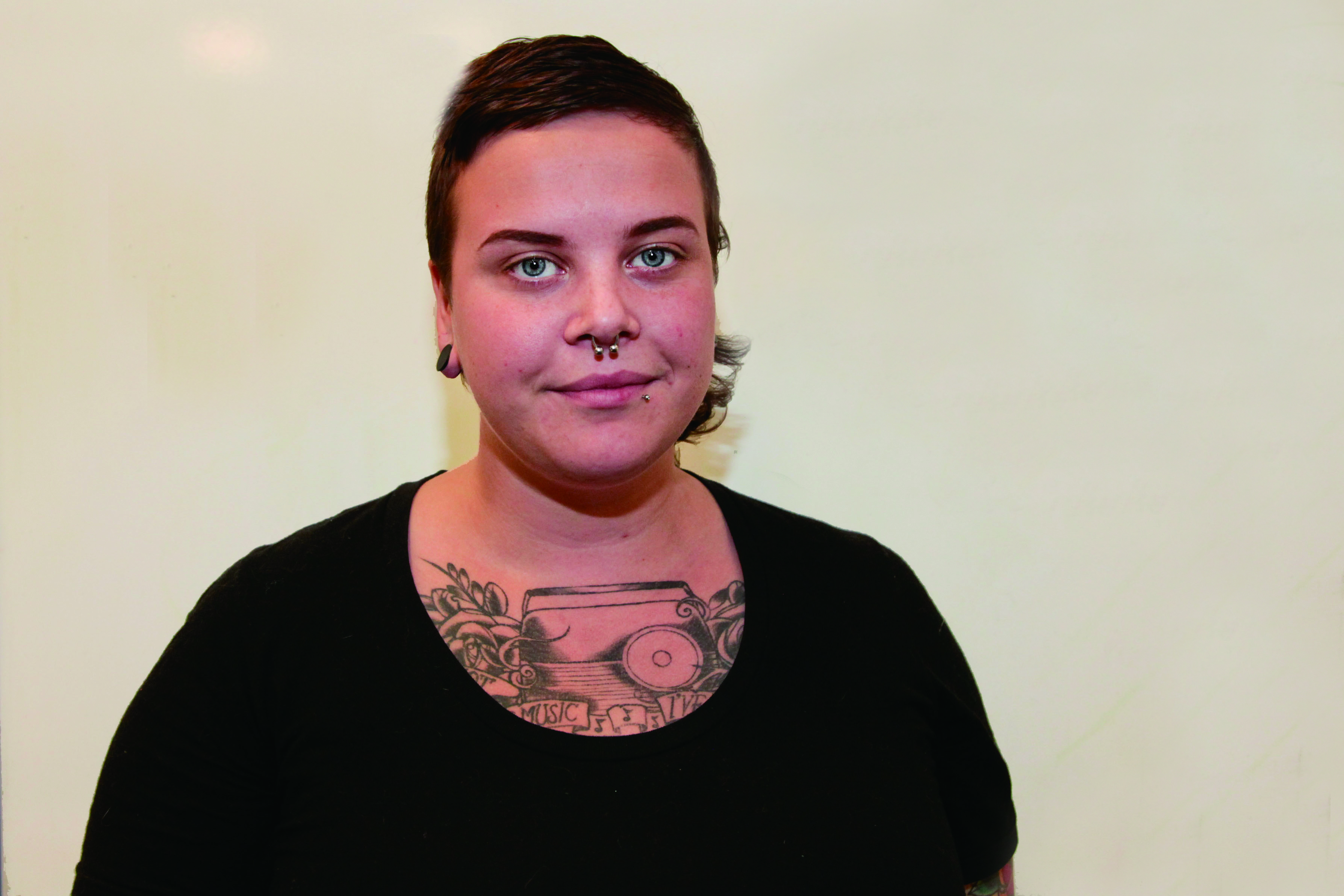“In the middle of the night I woke up and tried to get out of bed. I was shocked, even terrified when I found that I was unable to move anything except for my eyes. I could see everything around me very clearly. I tried to scream but I couldn’t make a sound! I struggled to move my body, to rise up. Suddenly I felt a very heavy pressure pushing me down into the bed. I somehow sensed, or knew, that it was an evil entity. Perhaps it was the devil or a demon or some other evil thing, I did not know what it was but I felt that it was very evil.”
This terrifying experience (reported by an anonymous source) typifies a phenomenon known to scientists as “sleep paralysis.” Despite the nomenclature, there is a lot more to these experiences — which last from seconds to minutes — than just paralysis. In addition to the total inability to move one’s body upon waking (with the unfortunate exception of the eyes), there is often a great sense of pressure on the chest, which is usually attributed to a visible entity such as a demon, witch, or other malicious character.
Also common to these experiences is the feeling of sheer, abject terror.
“Many respond to our query about ‘fear’ with unabashed contempt for the inadequacy of the term to describe their emotion,” Allan Cheyne, a leading sleep paralysis researcher at the University of Waterloo, points out. Study participants often say things like: “The word ‘fear’ doesn’t even come close,” or “there are not words strong enough to describe the horrific fear I felt.” One participant suggested the term “overwhelming terror” and said that the attacks “leave me shuddering and crying. Sometimes I’m so scared I get sick to my stomach.”
While these terrifying nighttime hallucinations have the potential to explain a lot of aspects of paranormal phenomena in contemporary culture — from alien abductions to why evil spirits always seem more active at night — Cheyne and his colleagues are interested in the physiological changes that occur during sleep paralysis.
Of the five different stages of sleep that we cycle through each night, sleep paralysis occurs during the particular stage known as “rapid eye movement,” or REM sleep. Not only do most of our dreams occur in this stage, but REM dreams are also more vivid and emotionally wrought than non-REM dreams. “It is probably these vivid, realistic dreams, which cause our brains to send paralyzing signals to our bodies, preventing us from acting out on them,” Cheyne explains. This means that all of us, during REM sleep, are effectively paralyzed (which also explains why running is so difficult in dreams). Neurological studies conducted during REM sleep also show increased activation of the amygdala, which is a brain structure primarily responsible for producing the feeling of fear.
Sleep paralysis sufferers, for reasons yet unknown, have the unfortunate experience of waking up while paradoxically still in REM sleep. Cheyne measured study participant’s brain waves during episodes of sleep paralysis and found a mixture of REM-type waves and waking-type waves. “To put it bluntly,” he says “people are essentially both awake and dreaming.”
This means that the individual is consciously aware of aspects of REM sleep that are occurring, such as the inability to move and the experience of fear-inducing, vivid dreams, which are then experienced as unnervingly real. The reduced ability to breathe which results from REM paralysis may explain hallucinations of demons and other evil figures perched on the dreamer’s chest. It’s sort of like when you incorporate noises from the environment (like your alarm clock) into your dreams. The feeling of pressure on the chest (as well as the feeling of fear) gets “incorporated” into the dream in a similar way and results in the hallucination of some monstrous thing sitting on the chest.
This experience is ubiquitous in cultures around the world. In Mexico, people refer to the experience as “a dead body climbed on top of me.” Chinese culture has a term for this which literally translates into “ghost pressing on body.” In Turkish culture, the term karabasan is used to describe the experience of sleep paralysis, and literally means “the dark presser.”
In parts of South Eastern Asia, this phenomenon is known very well, and is even considered deadly. In Hmong culture, the dab tsong (meaning “crushing demon”) incites nocturnal terror by paralyzing its victims and crushing them. Phillipino culture speaks of the batibat which is a hag-like old woman who sits on the chest, suffocating you in the night.
In the late 1970s the Center for Disease Control in Atlanta, GA unnervingly observed that a number of otherwise healthy young Hmong, Phillipino and Thai men died in the middle of the night. After an extensive investigation, which found no apparent cause of death, they coined the overly descriptive term “Sudden Unexplained Nocturnal Death Syndrome” (SUNDS) to describe this bizarre occurrence. Studies since have reported SUNDS to be the leading cause of death among Thai and Hmong men who do not have an underlying heart condition. While medical professionals are beginning to link these deaths to a genetic condition known as “Brugada syndrome,” in traditional folklore, they are attributed to either the dab tsong or the batibat, and seem to occur in those with an unfortunate history of the kind of sleep terrors related to sleep paralysis.
It is rumoured that Wes Craven was inspired to write the character of Freddy Krueger after reading reports of suspected SUNDS deaths. He learned of young Cambodians who, after experiencing the most horrifying nightmares, refused to go to sleep. Once they finally succumbed to sleep due to exhaustion, they awoke in absolute terror and subsequently died of a heart attack. Scientists now know that sleep deprivation results in rapid and prolonged REM phases once sleep does occur — making the chances of sleep paralysis (which only occurs during REM) all the more likely for these unlucky victims.
Scarier than A Nightmare on Elm Street is the knowledge that sleep paralysis occurs regularly and naturally. Although we now know that these evil demons and witches are hallucinations, according to reports they seem real enough at the time to cause death from sheer terror, something that Craven will hopefully never accomplish.
Sweet dreams.



